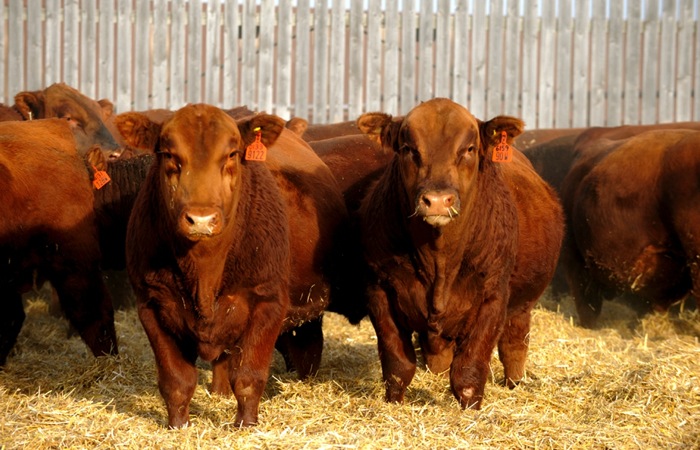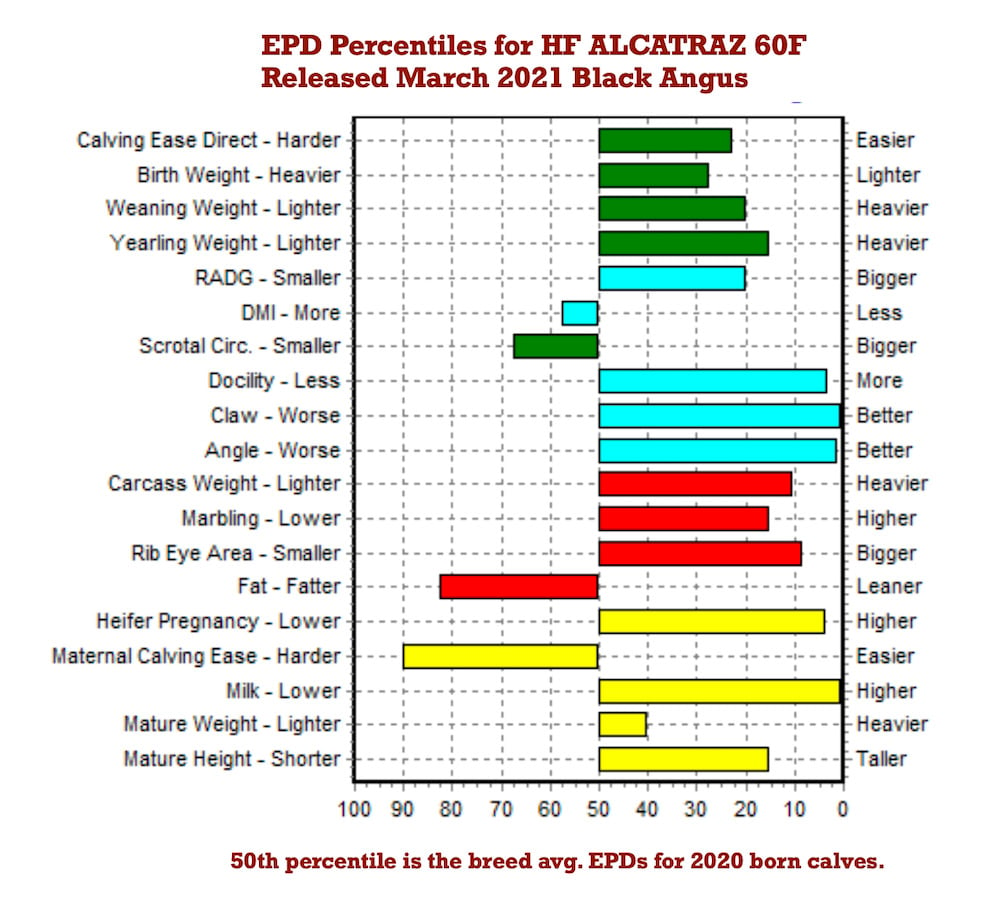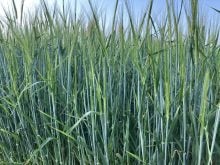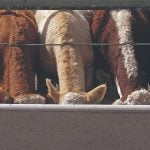The Alberta Bound Beef trip took 45 University of Guelph undergraduate agriculture students to Alberta for six days of beef industry learning.
On one of these informative days, our group was hosted by the Canadian Angus Association, with a morning filled with presentations, discussion circles and learning. Dr. Kajal Devani, who is the director of science and technology at CAA, gave us a presentation on how producers can use genomics and genomically enhanced expected progeny differences to build a more productive and efficient herd that meets specific goals.
The CAA generates an economic selection index called the Canadian Balanced Index to facilitate multi-trait selection and streamline seedstock cattle selection. It is represented in CDN dollars, so if Bull A has an index value of $250 and Bull B has one of $150, progeny from Bull A, on average, will be $100 more profitable in a Canadian commercial operation than the progeny from Bull B. It includes three categories of traits — growth, maternal and carcass. Producers can also access expected progeny differences (EPDs) for each trait if there is something specific that they want to maintain or address in their herds.
Read Also
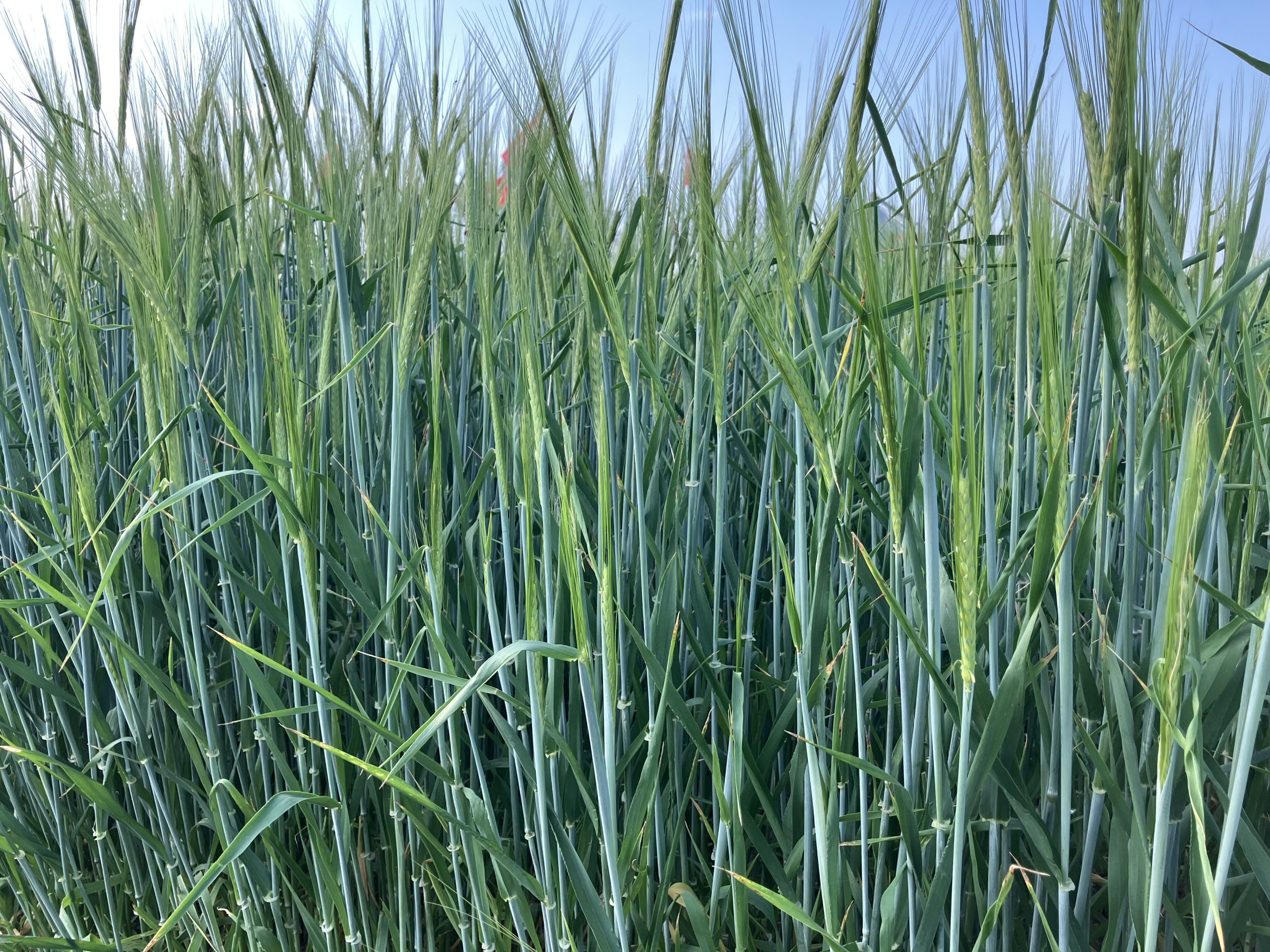
Canadian farmers plant less barley in 2025
I’ve received many inquiries from cattle producers about the feed grain outlook for the 2025-26 crop year. Cow-calf producers have…
The EPDs included in the Canadian Balanced Index include:
- Growth traits: birth weight, weaning weight, milk, yearling weight, residual average daily gain.
- Maternal traits: calving ease direct, calving ease maternal, heifer pregnancy, docility, mature weight, foot angle, foot claw.
- Carcass traits: Marbling, rib eye area, back fat.
It was my first time hearing about selection indexes. At home on our commercial operation we have our own database, but we don’t submit it to anyone, as we don’t have purebreds. We record birth weights and dates, if we had to help during calving and what exactly we did, as well as if we had to treat any calves at birth. We write down each cow’s history so we know what calves they’ve had and bulls they’ve been bred to in the past. Specific notes on docility are a must to make sure we know as much as possible about each individual. The CAA index allows people to compare data to other producers and the association’s guidelines and set priorities when evaluating their cattle.
As a group, Kajal asked us to pick three traits we would prioritize in our selection programs. The 45 of us fell silent for a few seconds and then each person thought about what traits they would focus on for their operation. Pencils scribbled on paper and then she opened the floor for answers and discussion. It was fun to listen to what everyone would do and to learn from Kajal as she questioned them on why they would select certain traits.
I pondered the question by myself after the presentation — planning for the future of our herd, what should we be looking to prioritize. When I looked at the traits as a whole, I realized how interconnected they each are; the residual average daily gain EPD under growth traits has everything to do with mature weight EPD under maternal traits. Personally, we need to have reliable and consistent cows that throw calves with maternal traits to align with our program. For calves that go to auction, we want them to have a good rate of gain, so we make the most money possible. The weaning weight EPD is an important one for the bottom line. Feed accounts for about 70 per cent of a producer’s costs, so the lower feed costs are, the more profitable we can be. Our operation would become more environmentally friendly as well — less hay being hauled on trucks and tractors running in the winter to feed the herd. This makes the residual average daily gain EPD a top-three on my list, as it’s the ratio between the animal’s gain and feed inputs. Mature weight EPD also rises to the top, as moderate cows eat less. If a feedlot producer, seedstock producer, or cow-calf producer was trying to select three main traits to focus on, they would likely all pick different traits.
Kajal wrapped our discussion by elaborating that there are no “correct” three traits for any operation, as everyone prioritizes different traits based on their environment. She encouraged us to actively think, because depending on how a producer uses the data, they will focus on certain traits for improvement. This information is used to benefit the producer’s operation and goals.




